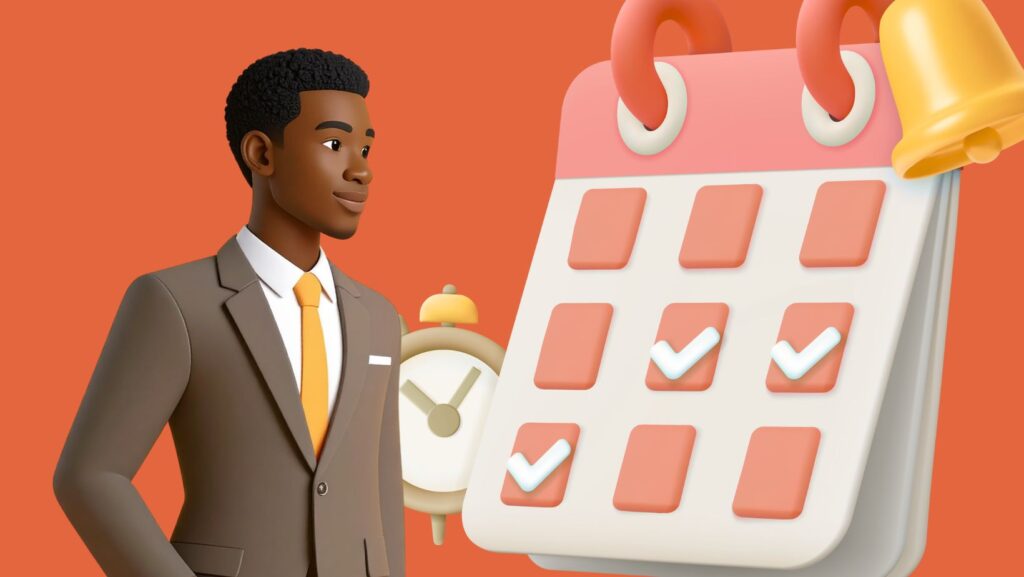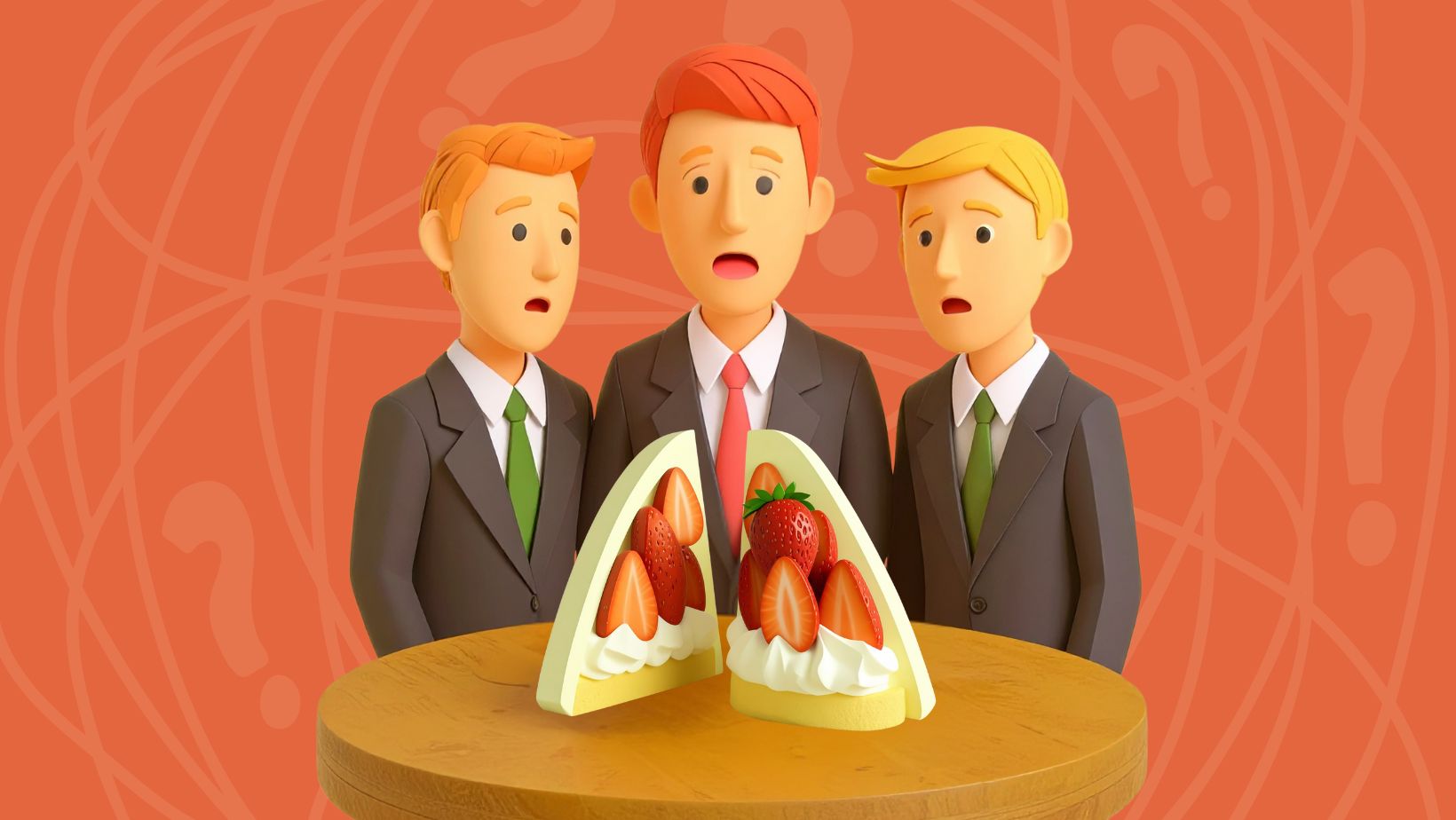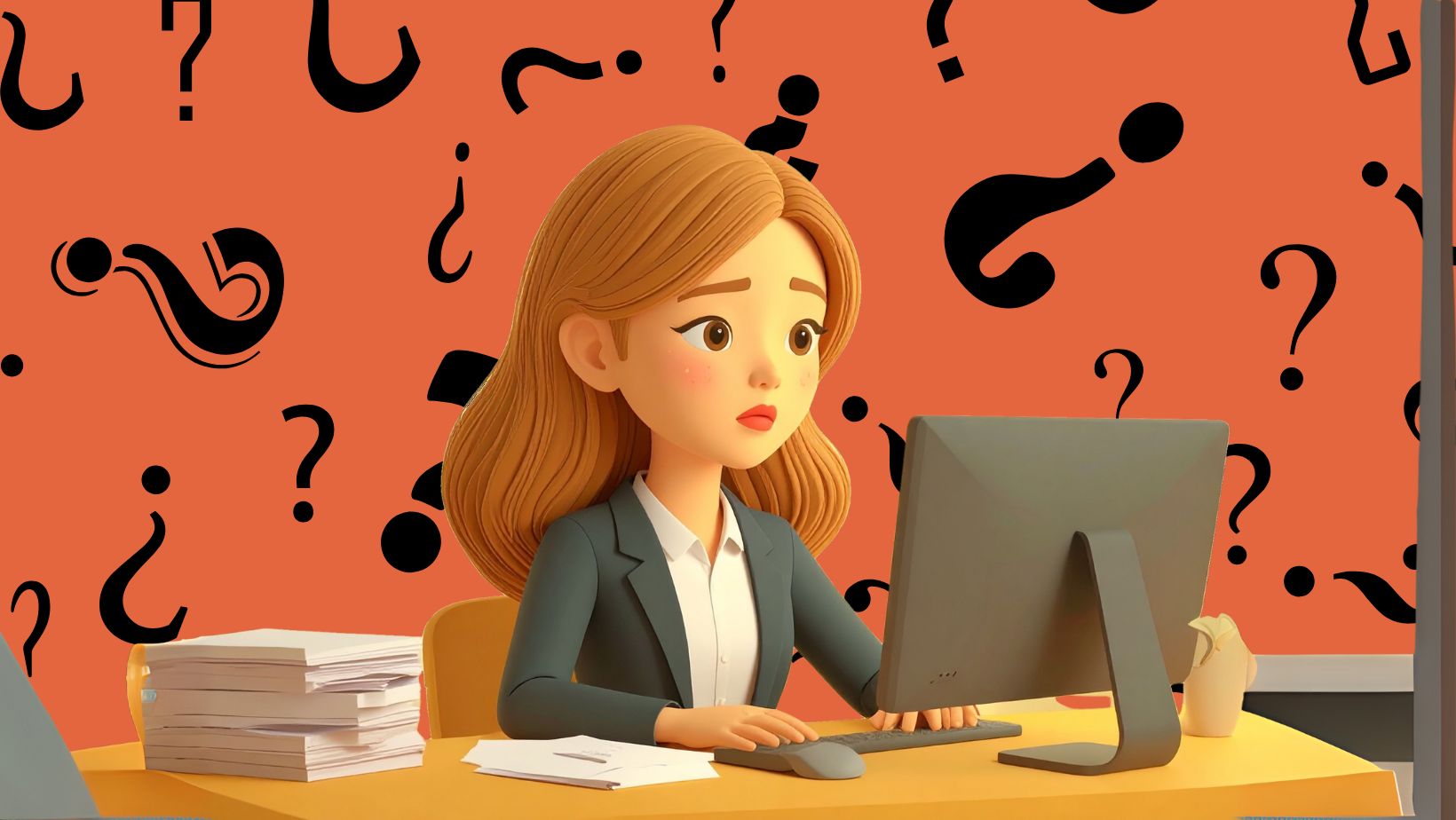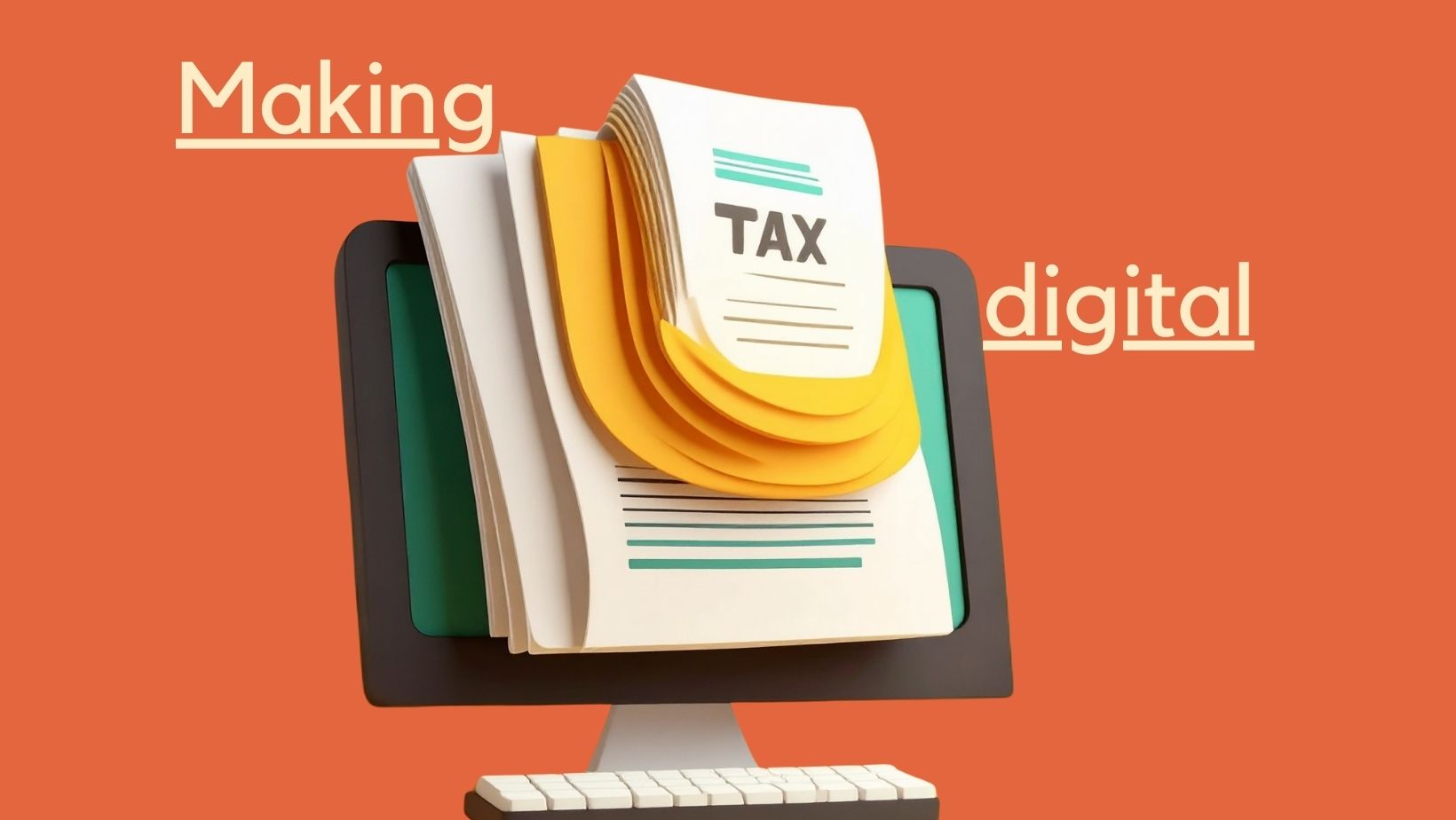If you’re self-employed or receive income outside of PAYE, one important date to keep in mind is 31 July 2025. This is the deadline for making your second payment on account towards your 2024/25 tax bill.
Understanding payments on account
Payments on account are advance payments towards your self-assessment tax bill. HMRC uses them to help spread the cost of your annual income tax across the year.
You’ll typically need to make these payments if your tax bill for the previous year was more than £1,000, unless more than 80% of your total tax was already collected through PAYE.
There are two payments on account each year:
- The first payment is due by 31 January (in this case, 31 January 2025), alongside any outstanding balance for the previous tax year.
- The second payment is due by 31 July (31 July 2025).
Each of these is normally equal to 50% of your previous year’s tax bill (excluding student loan repayments and capital gains tax).
Why is there a deadline on 31 July?
The July deadline is for the second of these two payments on account. So, by this date, HMRC expects you to pay half of what you paid in tax for the 2023/24 tax year, if payments on account apply to you.
This payment contributes to your 2024/25 tax bill, which will be finalised when you submit your next self-assessment return (due by 31 January 2026).
An example…
Let’s say your tax bill for 2023/24 was £4,000. This means your payments on account for 2024/25 will be:
- £2,000 by 31 January 2025
- £2,000 by 31 July 2025
When you submit your 2024/25 return in January 2026, if your actual bill is:
- £4,000, you’ve already paid in full through the two payments on account.
- More than £4,000, you’ll need to pay the difference (plus your first payment on account for the next year).
- Less than £4,000, you’ll be due a refund or an adjustment.
What if your income has gone down?
If you expect your income to be lower for the 2024/25 tax year, you can ask HMRC to reduce your payments on account.
This can help with cash flow, but it’s important to be cautious. If you reduce your payments too much and your final tax bill ends up being higher, HMRC may charge you interest on the shortfall.
Reductions can be made through your HMRC online account or by submitting form SA303.
Avoiding late payment issues
Missing the 31 July payment deadline could lead to interest charges on the outstanding amount. Although there’s no automatic late payment penalty, interest will start to accrue from 1 August until the amount is paid.
If you’re unable to make the payment on time, it’s advisable to contact HMRC as soon as possible to discuss a potential ‘Time to Pay’ arrangement.
Key takeaways
- Check your 2023/24 tax bill to see if payments on account apply to you.
- Set aside funds in advance to cover the July payment and avoid cash flow issues.
- Review your income for 2024/25. If it’s significantly lower, consider applying to reduce your payment.
- Mark the 31 July deadline in your calendar to avoid interest charges.
Staying ahead of self-assessment dates like this one helps avoid unnecessary stress and additional costs. If in doubt, speaking with an accountant or tax adviser can offer clarity and ensure you remain compliant with HMRC requirements.





